MEDICINE AND HEALING IN THE AGE OF SLAVERY
MEDICINE
AND HEALING
IN THE
AGE OF SLAVERY
EDITED BY
SEAN MOREY SMITH &
CHRISTOPHER D. E. WILLOUGHBY
LOUISIANA STATE UNIVERSITY PRESS

BATON ROUGE
Published by Louisiana State University Press
www.lsupress.org
Copyright 2021 by Louisiana State University Press
All rights reserved. Except in the case of brief quotations used in articles or reviews, no part of this publication may be reproduced or transmitted in any format or by any means without written permission of Louisiana State University Press.
Manufactured in the United States of America
First printing
DESIGNER : Mandy McDonald Scallan
TYPEFACE : Calluna
PRINTER AND BINDER: Sheridan Books, Inc
Jacket image: Near a public square in Brazil, a Black surgeon or doctor applies horns to patients. From Jean Baptiste Debret, Le Chirurgien Ngre, Voyage Pittoresque et Historique au Brsil, vol. 2 (Paris: Firmin Didot Frres, 1835), plate 46. Background painting by Dan Gold, Unsplash.com.
Portions of Rana A. Hogarths essay first appeared in different form as For the Acquisition of Practical Knowledge: Genealogies of Medical Exploitation in the South, in Medicalizing Blackness: Making a Racial Difference in the Atlantic Work, 17801840, by Rana A. Hogarth. Copyright 2017 by the University of North Carolina Press. Used by permission of the publisher. www.uncpress.org.
Library of Congress Cataloging-in-Publication Data
Names: Smith, Sean Morey, editor. | Willoughby, Christopher D. E., editor.
Title: Medicine and healing in the age of slavery / edited by Sean Morey Smith and
Christopher D. E. Willoughby.
Description: Baton Rouge : Louisiana State University, [2021] | Includes index.
Identifiers: LCCN 2021016331 (print) | LCCN 2021016332 (ebook) | ISBN
978-0-8071-7121-9 (cloth) | ISBN 978-0-8071-7672-6 (pdf) | ISBN 978-0-8071-7673-3 (epub)
Subjects: LCSH: MedicineHistory. | HealingHistory. | African
AmericansDiseasesHistory. | SlavesSocial conditions.
Classification: LCC R131 .M4175 2021 (print) | LCC R131 (ebook) | DDC 610.86/25dc23
LC record available at https://lccn.loc.gov/2021016331
LC ebook record available at https://lccn.loc.gov/2021016332
CONTENTS
, by Vanessa Northington Gamble
SEAN MOREY SMITH & CHRISTOPHER D. E. WILLOUGHBY
LAUREN DERBY
CHELSEA BERRY
MARY E. HICKS
DEIRDRE COOPER OWENS
ELISE A. MITCHELL
BRANDI M. WATERS
RANA A. HOGARTH
TIMOTHY JAMES LOCKLEY
LESLIE A. SCHWALM
SHARLA M. FETT
FOREWORD
In 1991, I offered the first course in the United States on the history of race, American medicine, and public health. It had and continues to have a specific focus on African Americans. One of my teaching goals is to trace the historical roots of contemporary racial and ethnic inequities in health and health care. I begin each semester discussing, within a historical perspective, a current health challenge facing the Black community, such as its disproportionately high infant and maternal mortality rates. Another introductory topic has been racial inequities in pain care. Several studies have demonstrated that African Americans receive less pain medication than whites, even for the same conditions and injuries, such as appendicitis and joint dislocations. As part of this class, the students read a 2016 study that found that medical students and residents held false beliefs about the biological differences between Black and white patients. For example, they thought that Blacks were more immune to pain because they had thicker skins and less sensitive nerve endings. The researchers also demonstrated that these false beliefs were associated with inadequate pain treatment recommendations for Black patients. Students are usually shocked by these findings and appalled that todays medical trainees could hold such views. When they ask the origin of these theories, I respond, We need to begin with slavery.
Almost thirty years after I first began teaching this course, I attended a groundbreaking conference on the history of slavery, medicine, and healing organized by Sean Morey Smith and Christopher D. E. Willoughby, the editors of this volume. Held in February 2018 at Rice University, the gathering was the first conference devoted to the topic. What immediately impressed me was that two junior scholars had the vision, passion, and ambition to create an intellectual forum for an international and interdisciplinary group of scholars to examine and critique the historiography of the field, exchange ideas, develop networks, and discuss new directions in research. Most of the essays in Medicine and Healing in the Age of Slavery are based on research that was presented at the Rice University conference. They demonstrate the evolution of the field, signal the development of new areas of scholarship, underscore the breadth of current research, and spotlight the intellectual vitality of the field. They also portend the fields future growth as many of the authors are early in their careers.
As I read Medicine and Healing in the Age of Slavery, it readily became apparent that it is an important book. It builds on past scholarship to chart new and expansive research terrains, methodologies, and questions about the history of slavery, medicine, and healing. Indeed, the title illuminates this broader perspective as it declares that the focus of this collection is not just medicine but also other healing traditions. This is a significant conceptualization as it dethrones Western biomedical theories and the practices of white antebellum physicians as the exclusive and/or primary locus of study to allow for a richer and more encompassing historiography. The editors incisively consider the Western model as but one healing tradition and call attention to the diversity of healing traditions that existed in the Atlantic World, such as those of African and indigenous people. This approach advances another fundamental theme of this book, namely the centrality of the experiences of the enslaved, including their spiritual and health practice, their choices about their care, and their interactions with the state and white physicians. The volume of essays also demonstrates that historical research needs to extend beyond the plantation to slave hospitals, courtrooms, slave ships, and governmental agencies. One of the most significant achievements of the volume, again underscoring its expansive framework, is its transnational focus. It examines medicine and healing in slave societies throughout the Atlantic World, including Colombia, Brazil, West Africa, the Caribbean, and the United States.
Medicine and Healing in the Age of Slavery is a major and timely contribution to the history of slavery and the histories of medicine and healing. Several of the essays examine the ways in which the medical profession was built on the exploitation of Black bodies and how it contributed to the development of race science. Today, several medical schools are grappling with how to address their historical connections to slavery and the slave trade. Recently, the growth of precision medicine and ancestry DNA tests has raised concerns that they will reify race as a biological rather than a social construct. As I reflected on the connection between this book and contemporary events, I was reminded of the Sankofa bird, a mythic bird of the Akan people of West Africa. It moves forward while looking back and has come to symbolize the wisdom of learning from the past in order to understand how and why we came to be who we are today. In similar fashion, this book will guide us toward a deeper comprehension of our past so that we may more honestly engage with our present.


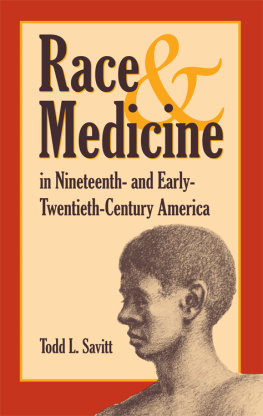
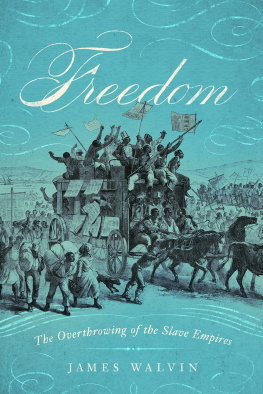
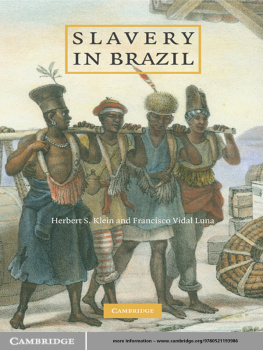
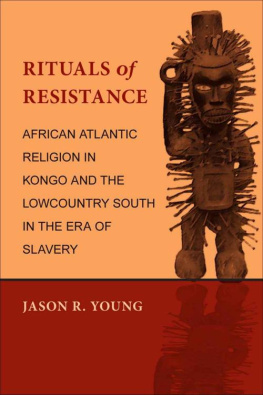
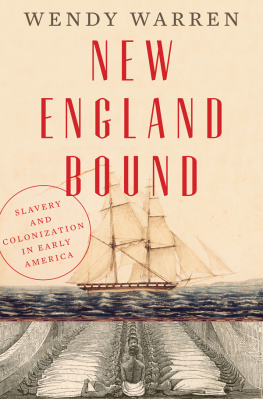
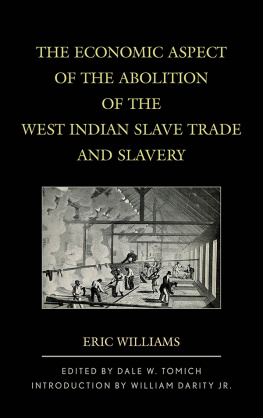
 BATON ROUGE
BATON ROUGE